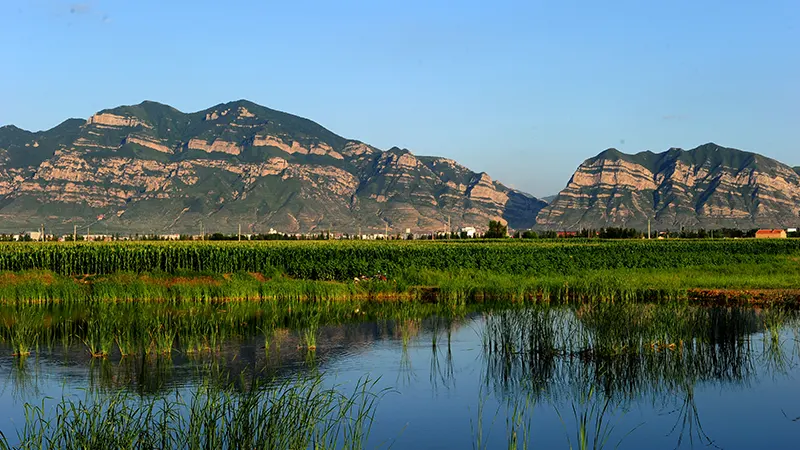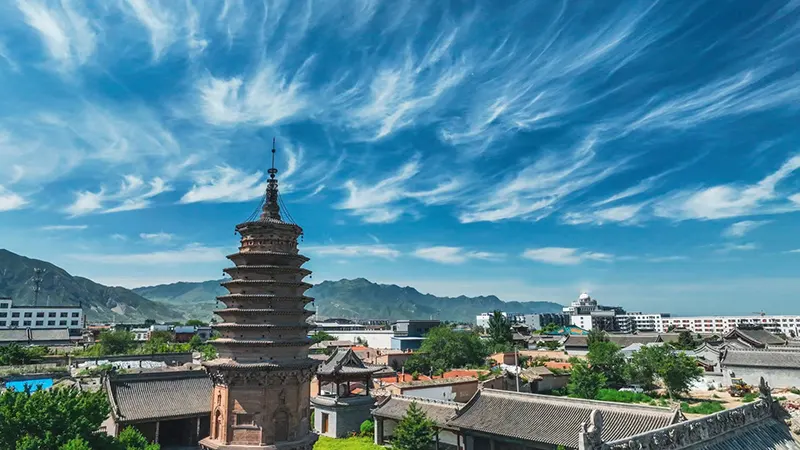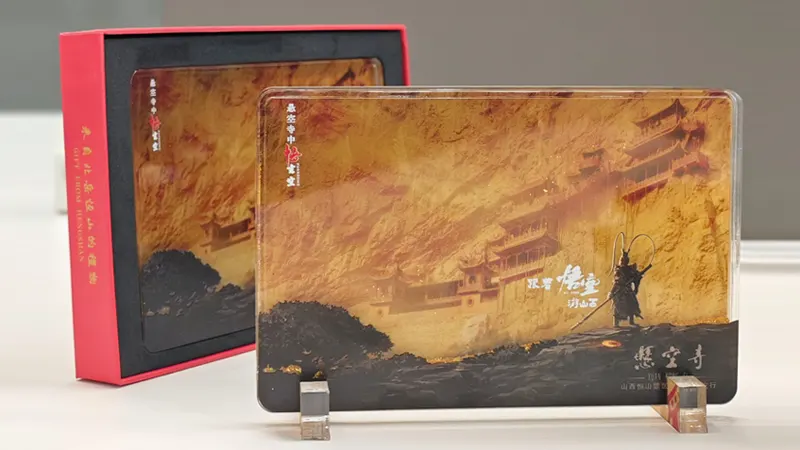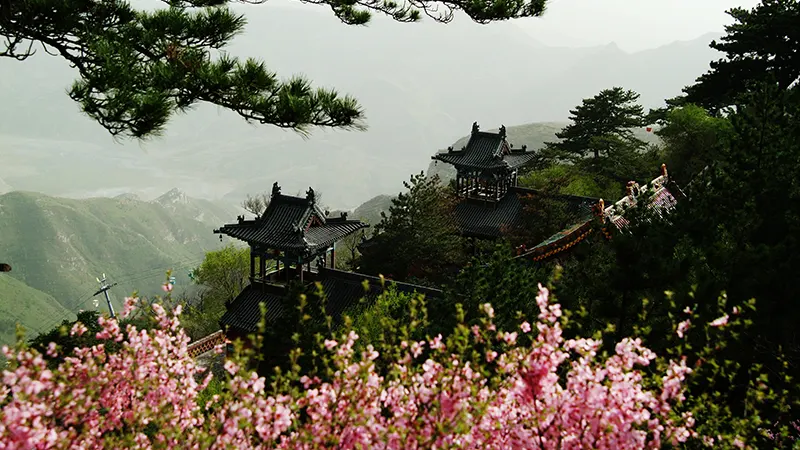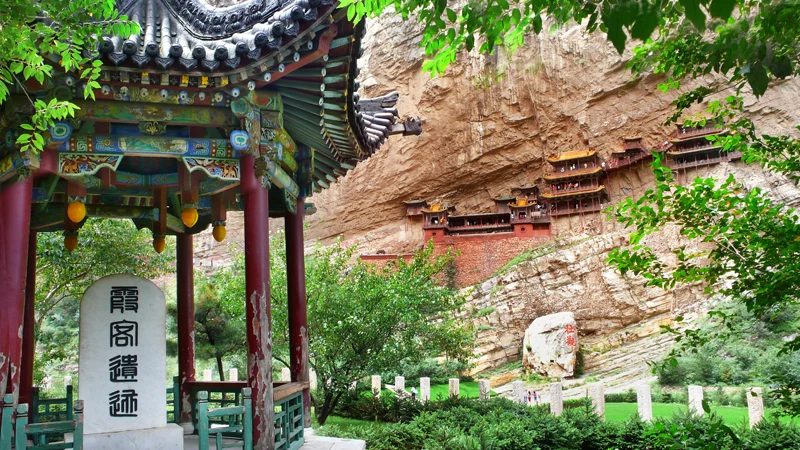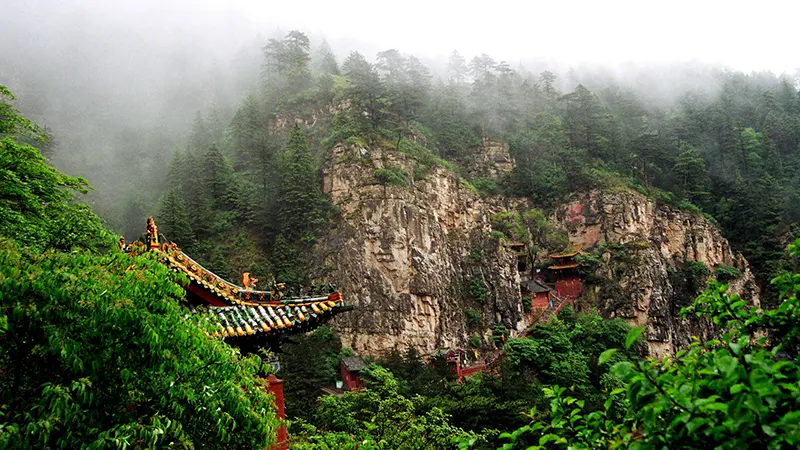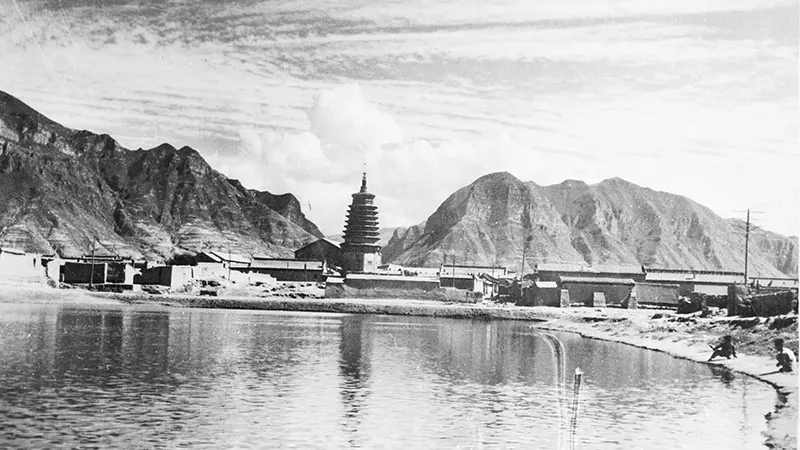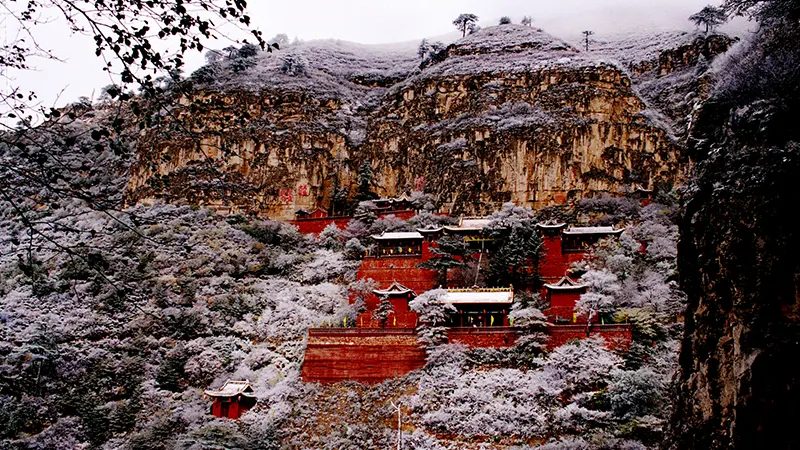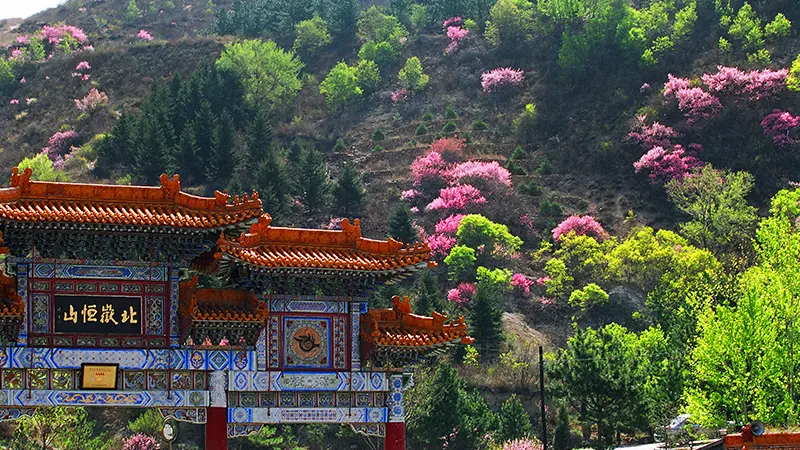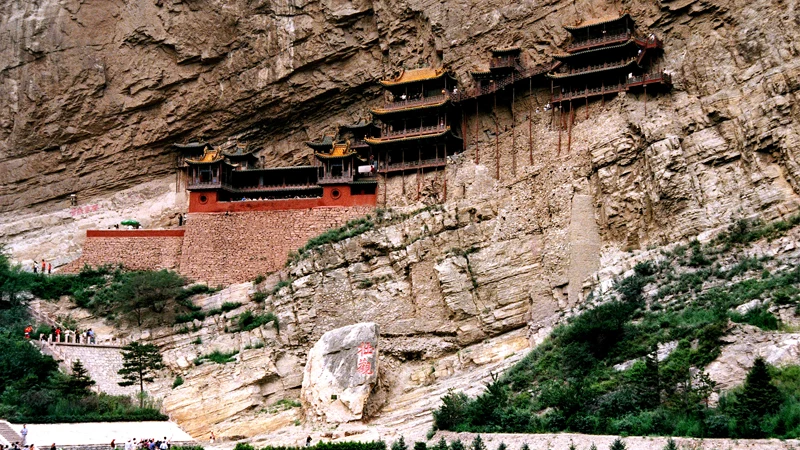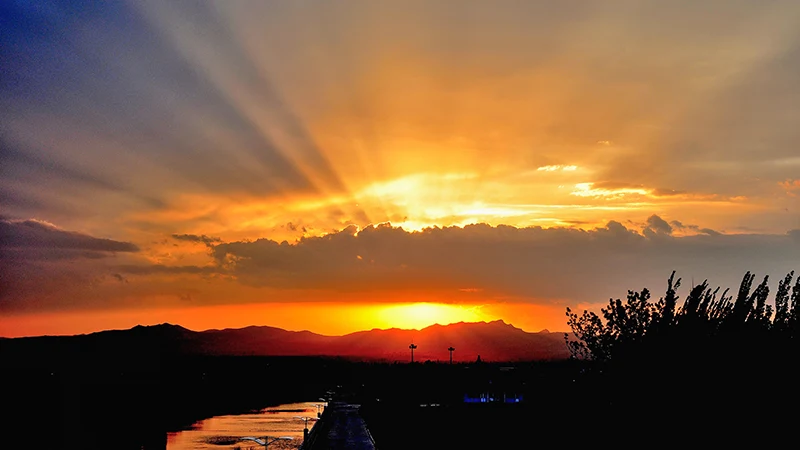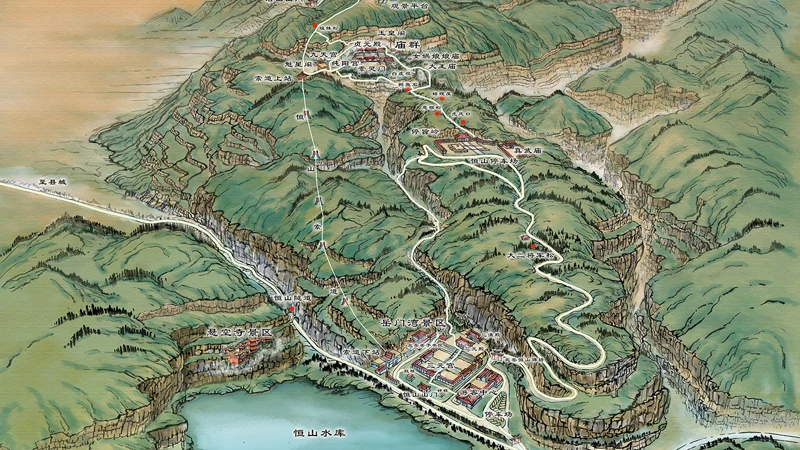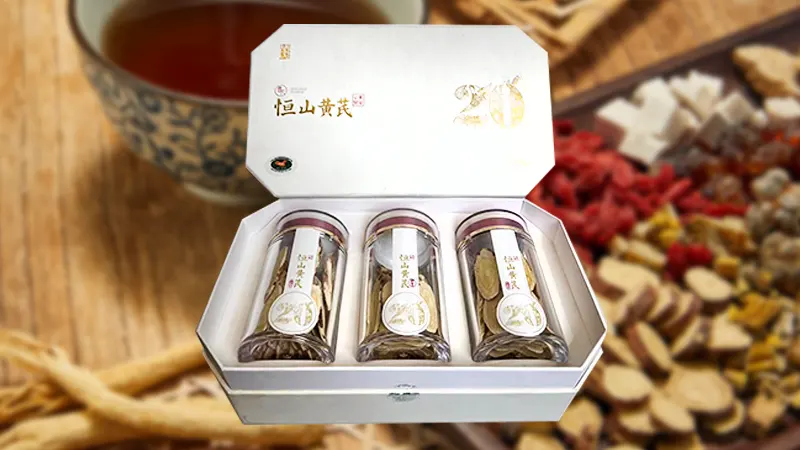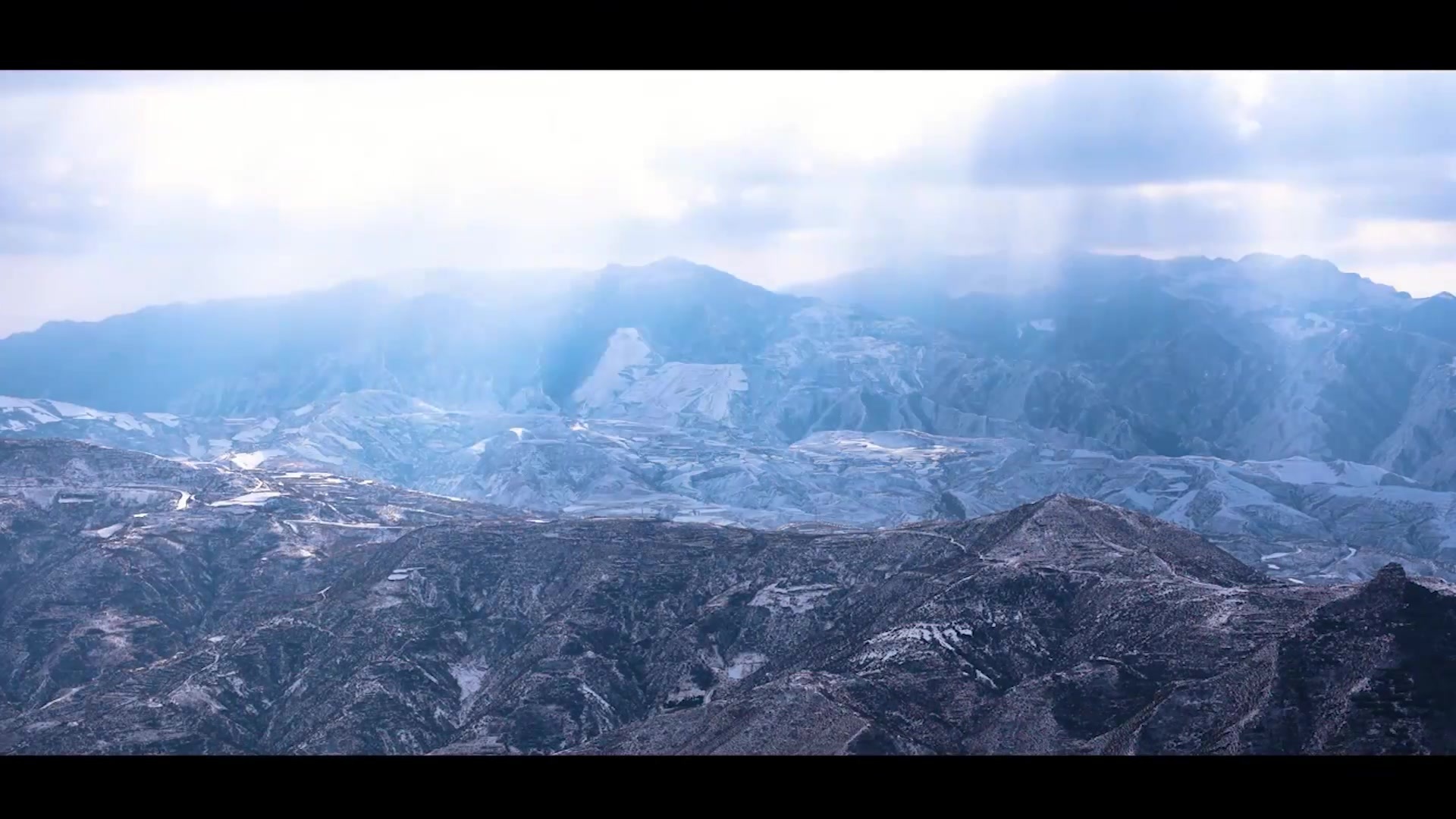Temples concentrated, large scale
Hengshan Mountain's main peak, Tianfengling, has an elevation of 2016.1 meters, ranking second among the Five Great Mountains, only after Mount Hua in the west.

Distant view of Hengshan Mountain
Hengshan Mountain boasts beautiful natural scenery and numerous scenic spots, including the famous eighteen scenic views: "Ci Xia Yan Yu, Yun Ge Hong Qiao, Yun Lu Chun Xiao, Hu Kou Xuan Song, Guo Lao Xian Ji, Wei Yan Xi Zhao, Duan Ya Ti Niao, You Ku Fei Shi, Long Quan Gan Ku, Mao Ku Yan Huo, Jin Ji Bao Xiao, Yu Yang You Yun, Zi Yu Yun Hua, Shi Dong Liu Yun, Xian Fu Zui Yue, Yi Tai Ming Qin, Zhi Tu Wen Jin, Yue Ding Song Feng."
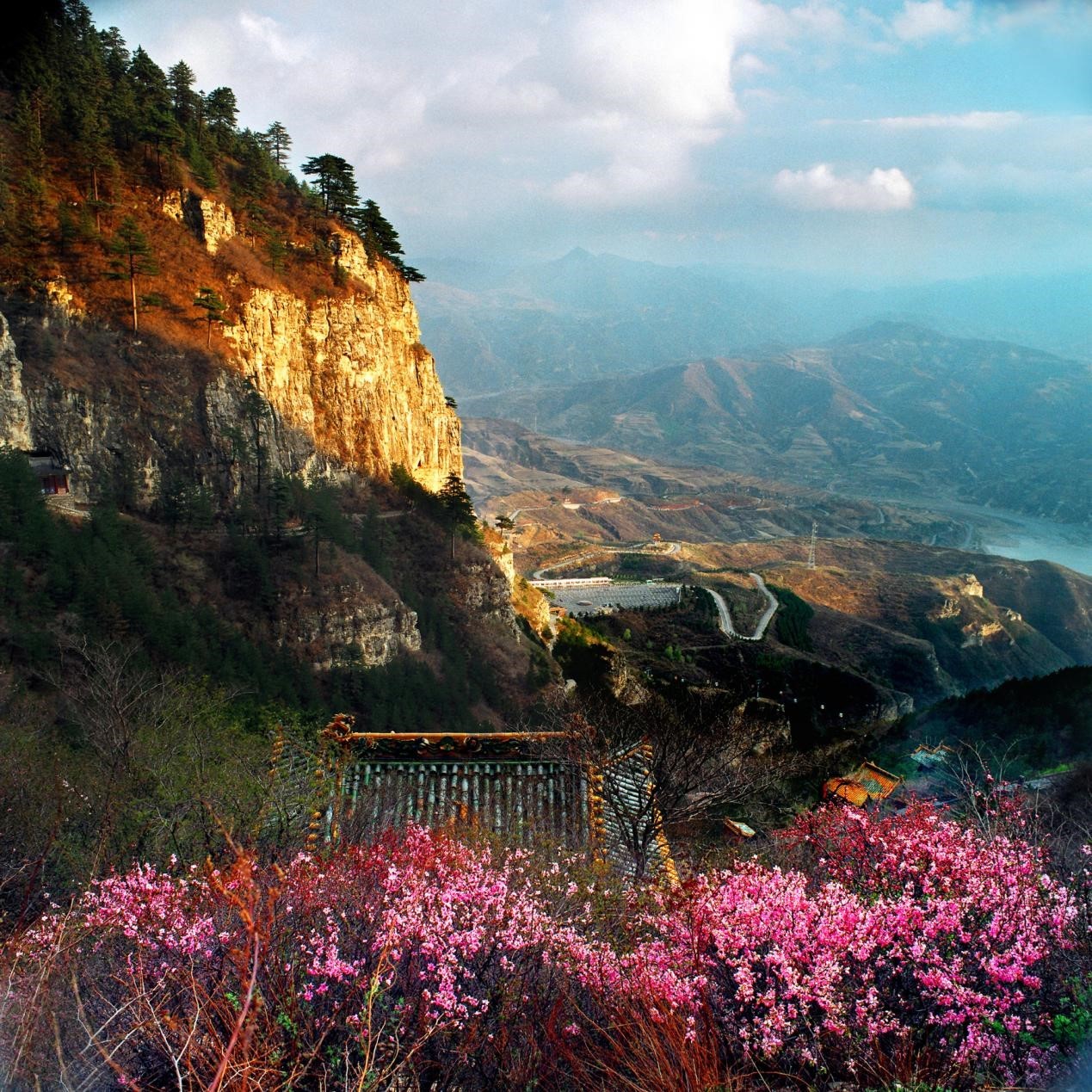
Dangerous Cliffs and Evening Glow
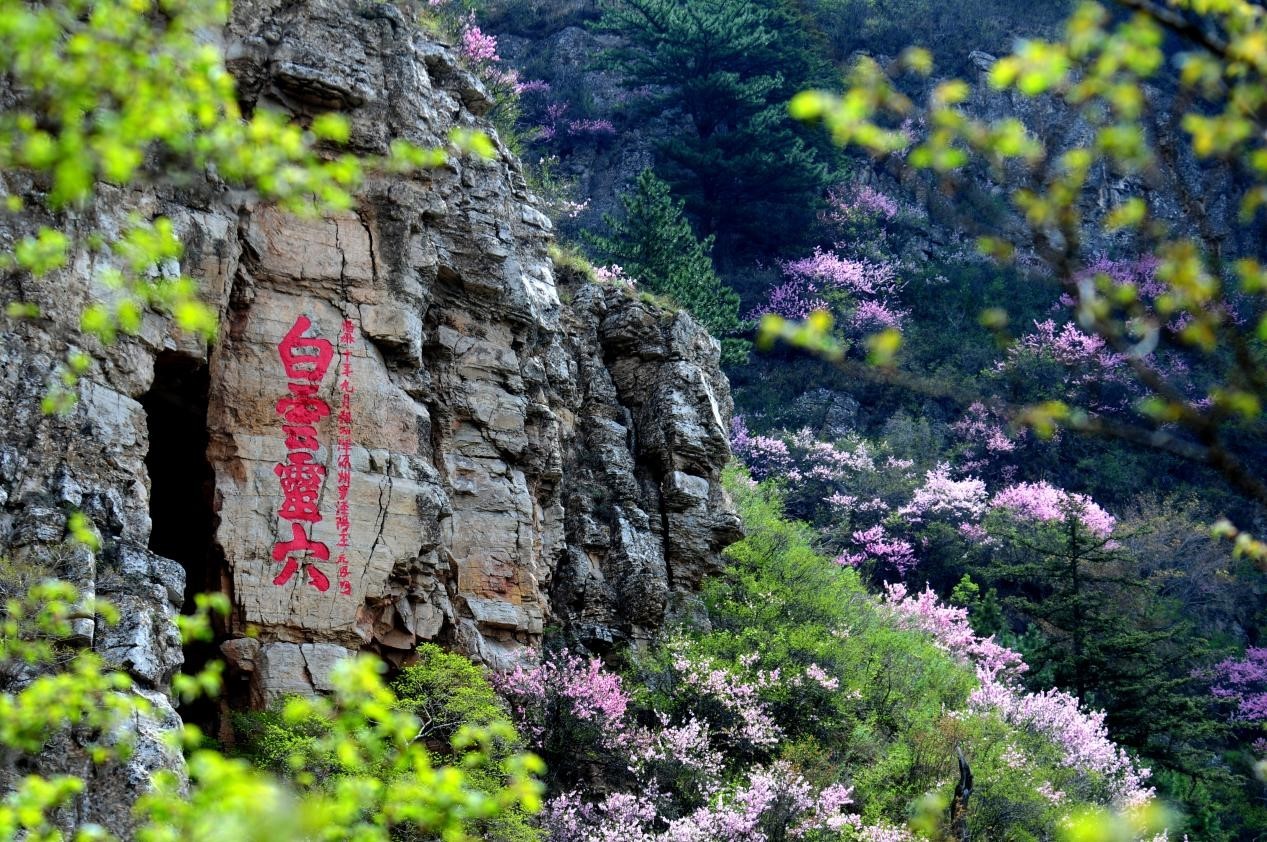
Stone Cave and Flowing Clouds
Hengshan Mountain is a famous Taoist mountain, holding a high position among many Taoist mountains. The East Jin Dynasty's "Dao Ji Jing" divides the dwellings of immortals into ten major caves, thirty-six small caves, and seventy-two blessed lands. Hengshan Mountain ranks fifth among the thirty-six small caves, making it the fifth small cave in Taoism. The earliest Taoist building on Hengshan Mountain, the "Sleeping Palace," was built in the first year of Emperor Taiwu's Taiyan reign in the Northern Wei Dynasty (435 AD), and before the Ming Dynasty, it was the main hall of Hengshan Mountain.
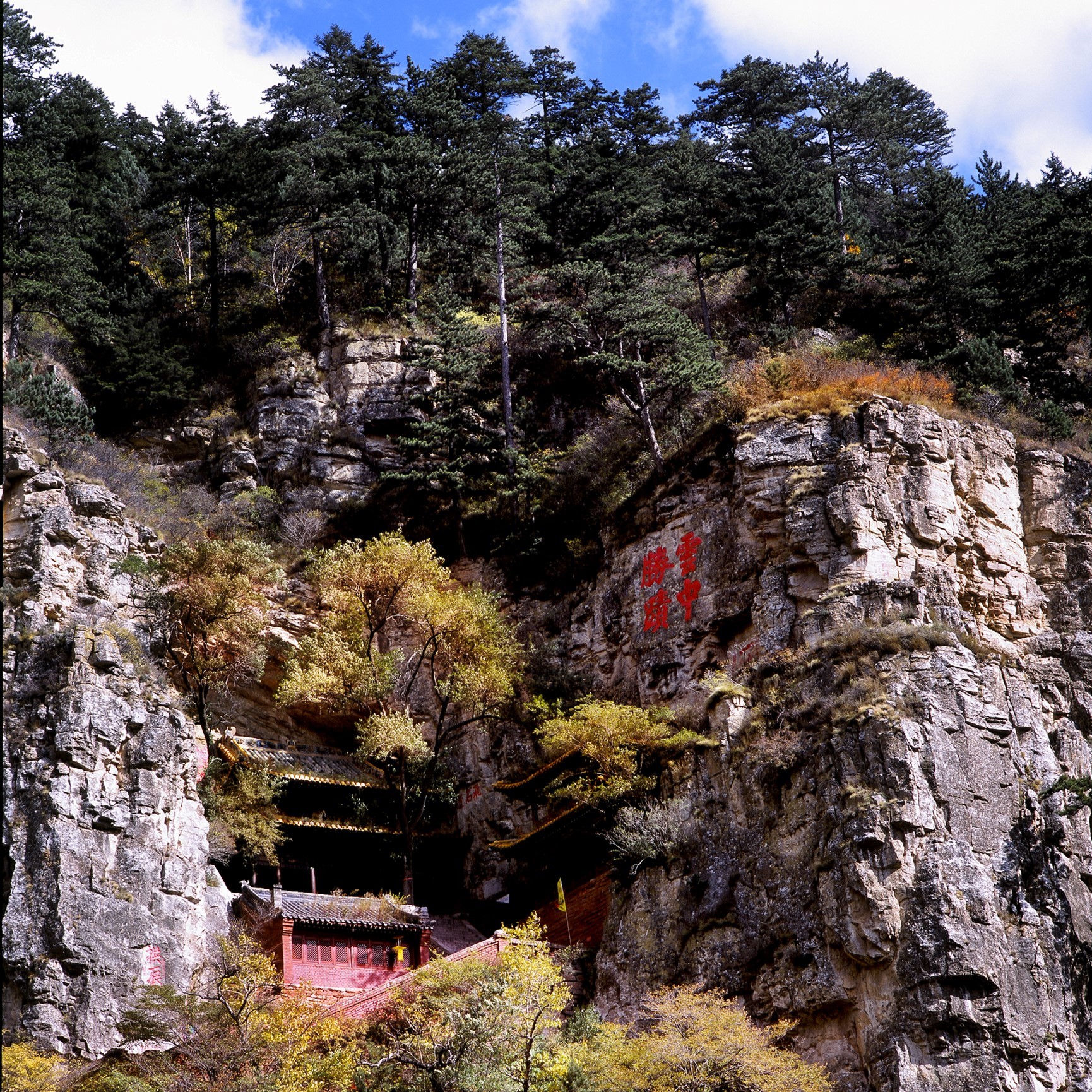
Hengshan Mountain Sleeping Palace
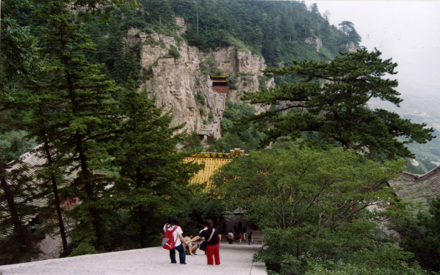
103 steps
The only path to the main hall of the Northern Mountain, "Zhenyuan Hall," has an angle of 45° to the ground and consists of 103 steps.
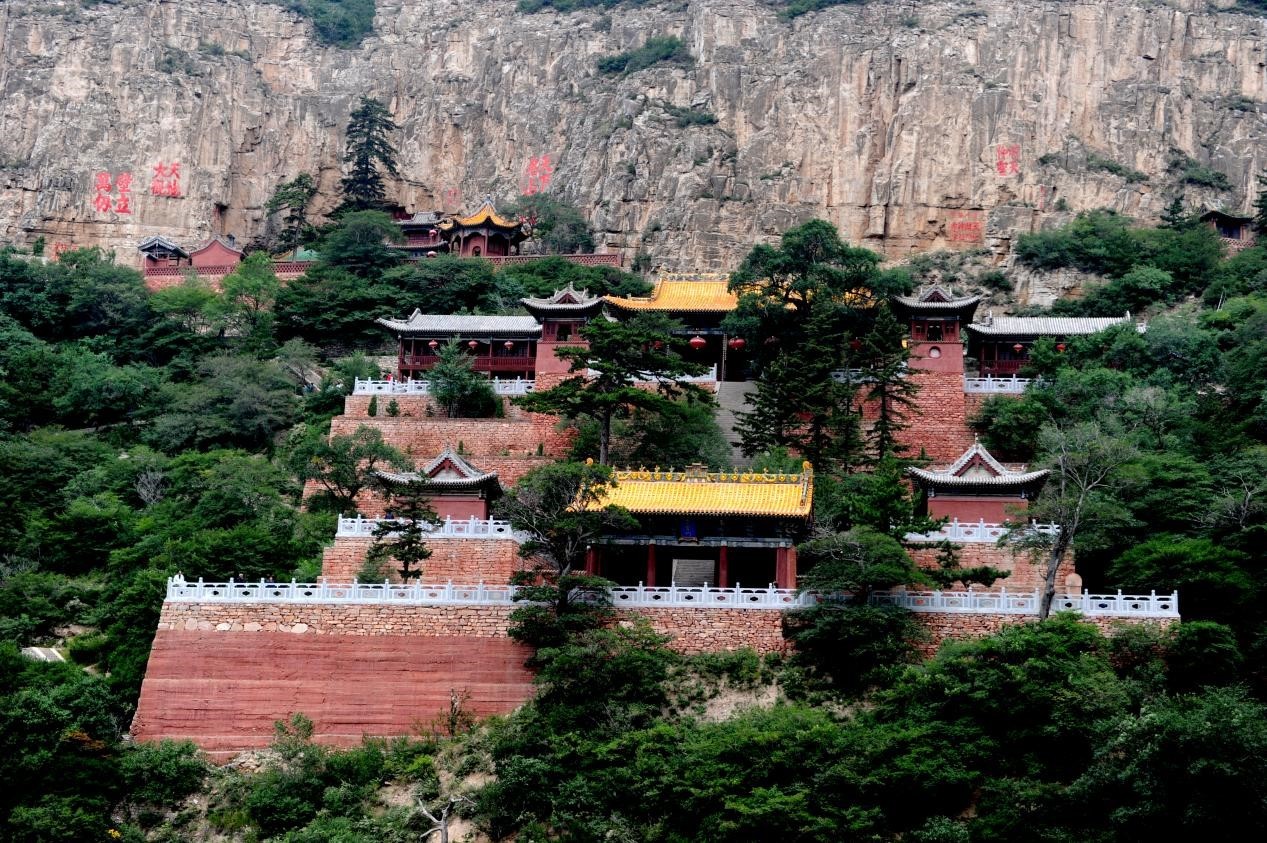
Hengshan Mountain Main Hall
The main hall of the Northern Mountain, Zhenyuan Hall, is located on the cliffside halfway up Hengshan Mountain. It is also called "Hengzong Hall," and because it is the place where the Great Emperor of the Northern Mountain holds court, it is also known as the "Court Hall." The main hall building complex of the Northern Mountain is a traditional courtyard-style religious building constructed on a hillside. The entire courtyard has a three-dimensional structure, rising from the bottom to the top; the main hall steps are flanked by the Qinglong Hall and the Baihu Hall. Above these, are clock and drum towers on either side, with the Great Hall of the Northern Mountain, Zhenyuan Hall, in the center. Changing rooms and a scripture library are built on either side.

Great Emperor of the Northern Mountain
Enter Zhenyuan Hall, where the central shrine houses the Great Emperor Zhuanxu of the Northern Mountain, whom the local people respectfully call the "Hengshan Mountain Lord." The Great Emperor of the Northern Mountain is a gold-plated statue, wearing a crown and a black robe, exuding an imperial demeanor. The four-character plaque "Hua Chui You Jiu" hanging above the Great Emperor of the Northern Mountain is a calligraphy work by Emperor Kangxi of the Qing Dynasty, meaning that the teachings of the Great Emperor of the Northern Mountain have been passed down through the ages. This plaque is made of gilded wood, using the openwork technique of traditional Chinese wood carving. Nine five-clawed golden dragons around the plaque are lifelike, showcasing a high artistic level.
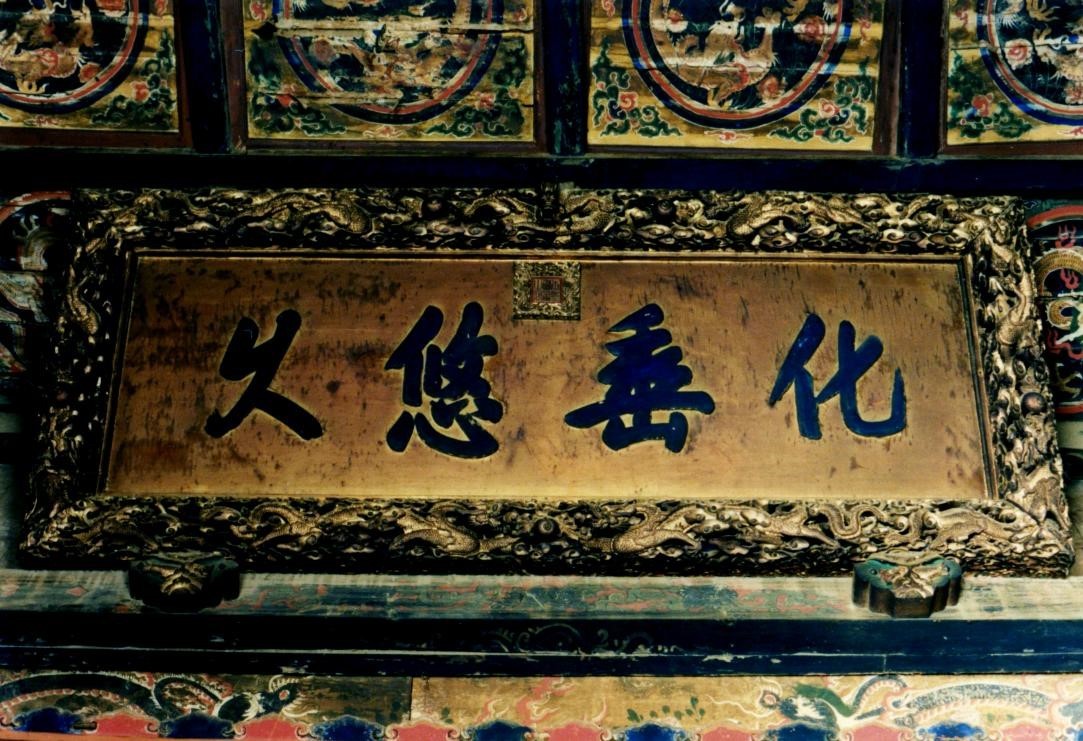
The Four-Character Plaque "Hua Chui You Jiu"
There are two local festivals related to Hengshan Mountain. One is on the eighth day of the fourth lunar month, the traditional Hengshan Mountain temple fair; the other is on the tenth day of the eighth lunar month, the birthday of the Great Emperor of the Northern Mountain. Locals have the custom of climbing Hengshan Mountain at dawn on these two days to worship the "Hengshan Mountain Lord."
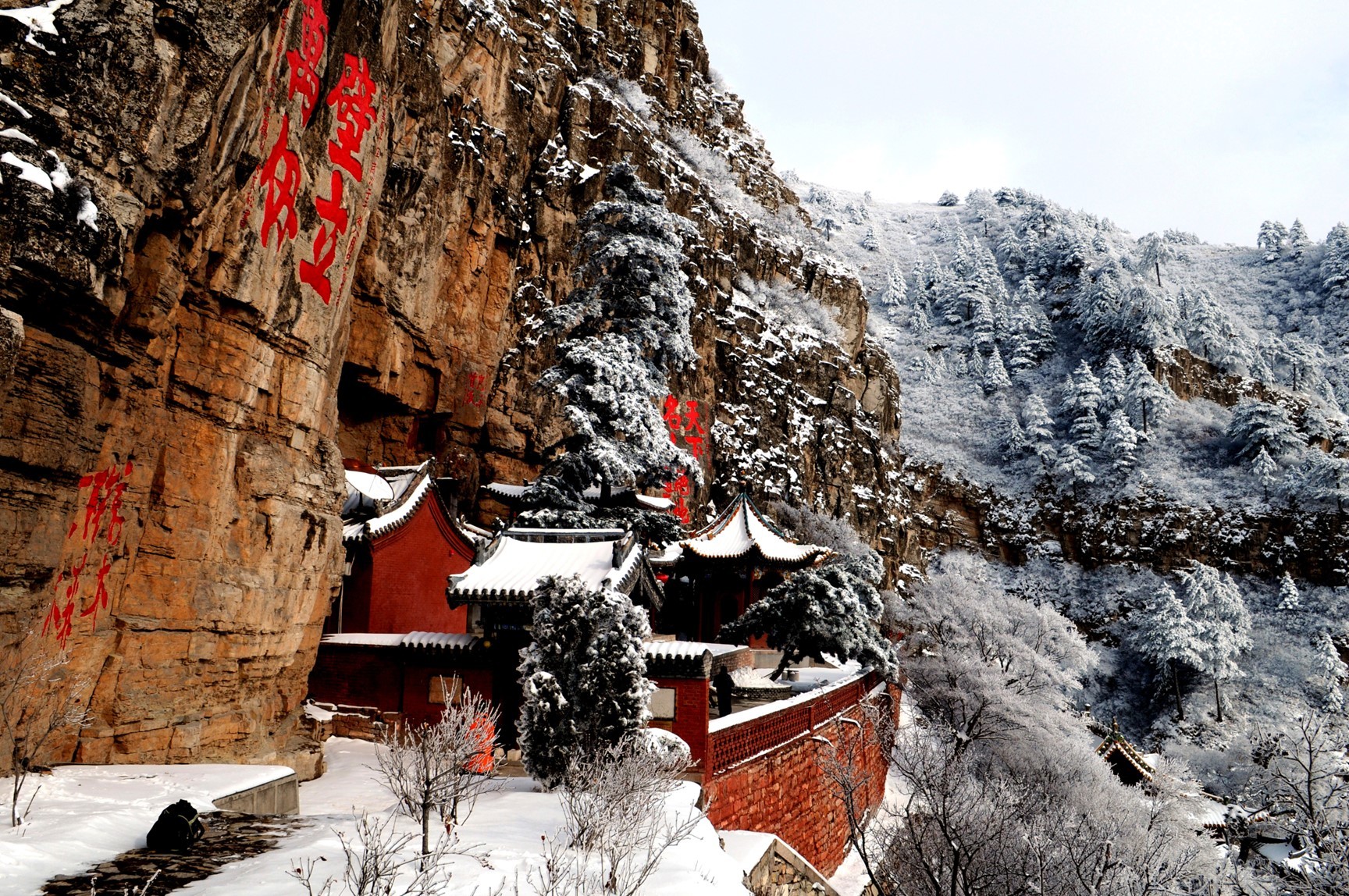
Hui Xian Fu
Hui Xian Fu is the highest-situated Taoist temple among all the buildings on Hengshan Mountain and is considered a gathering place for immortals. The Hui Xian Fu building is located in a natural cave, with several ancient cypresses in front and a temple built into the cliff inside. This is one of the eighteen scenic spots of Hengshan Mountain, known as "Immortal Palace Moonlit."

Nine Heavens Palace
The Nine Heavens Palace was built in the Ming Dynasty and houses the goddess Jiu Tian Xuan Nu, a prominent figure in Taoism. Legend says she transformed from a large black bird, initially depicted with a bird's head and human body. The "Classic of Poetry" records "Heaven appointed the mysterious bird, which descended and gave birth to the Shang," thus making her an ancestor of the Shang people. Locally, the Nine Heavens Palace is also called "Grandma's Temple," a religious building where people pray for children and their well-being.
Category:
Scenic Spot Display
Keywords:
Hengshan
Previous Page
Next Page


